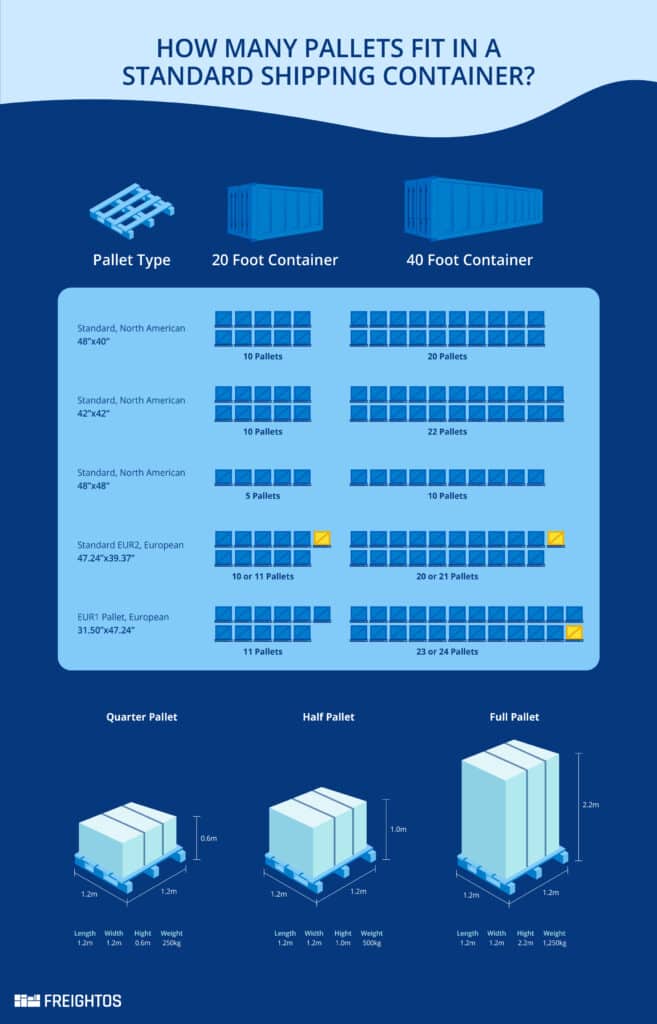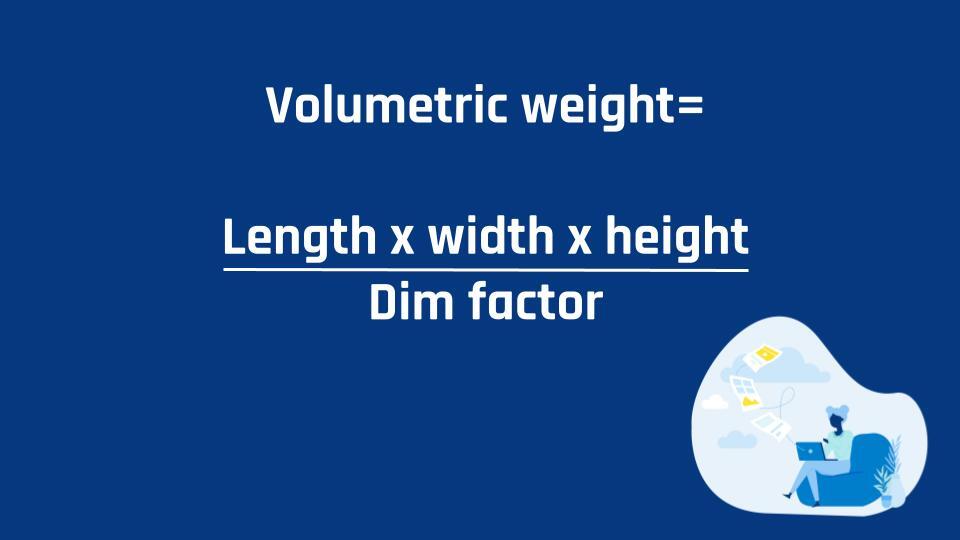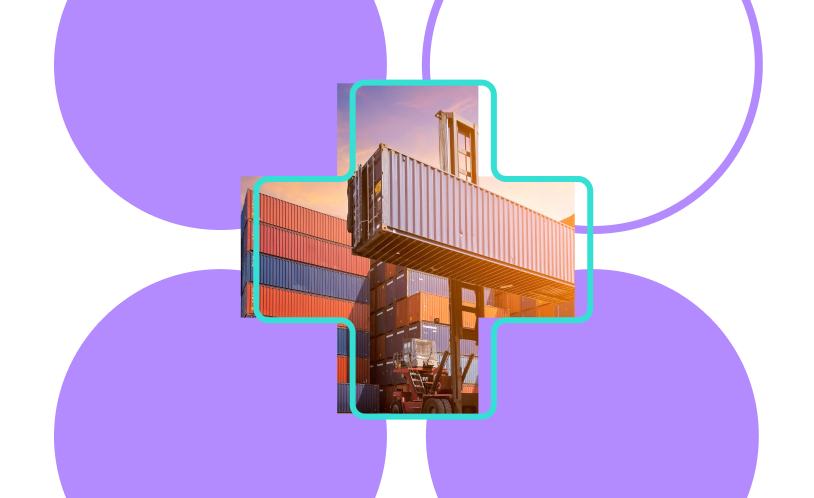Your shipment changes hands several times while in transit: from supplier to carrier to any inland transportation, many people handle your goods.
So many changes of hands means multiple opportunities for damage to your goods.
By implementing packaging best practices, you can protect your goods, saving you the cost of damaged items or shipments that need to be returned.
Read on to learn how to pack for shipping overseas — complete with a checklist at the end for reference.
This article will cover:
- How to pack for international shipping
- Labeling your goods for customs
- Best practices for suitable packaging material
- Dos and don’ts of packaging goods
Small Business Packaging & Shipping
In most cases, international shippers don’t package goods themselves – suppliers do. And when you’re running a fast-growing small business, you’re busy with so many things it can be tempting to step back and let the supplier handle the entire process.
But it’s important to work with your supplier to get transparency on their packaging practices. Taking the time to work together up front can prevent:
- Damaged products
- Broken inventory
- High surcharges
- Additional costs of return
- Inconvenience and delays
Get freight quotes from vetted providers
How To Pack For International Shipping
Consider the following when planning your freight packaging:
What types of pallets can you use?
Pallets are the flat structures used for handling freight goods. They’re usually made of wood (generally oak or yellow pine), metal, plastic, or corrugated paper.
Palletizing vs. Floor Loading
Palletizing means stacking the cargo boxes on pallets inside the container. Floor-loading refers to stacking cargo boxes directly in the container, without using pallets, from the floor to the ceiling.
Speak with your providers to determine whether your goods should be palletized. Most shipments should be palletized to protect them from damage during shipping. Pallets also make loading and unloading easier, which can prevent accidents.
Heat treating pallets for international shipping
Wooden pallets are heat-treated to remove any chemical residue and reduce the spread of quarantine pests in raw lumber — in line with the ISPM-15 standards. This is done to control and prevent the spread of disease and insects from international transportation.
When you import goods to the United States and Canada, heat treating is required.
Consider the pallet size before shipping
Pallets are available in various sizes and types depending on the usage and region. In the United States, the GMA standard pallet size is 48″ x 40″ with a load capacity of 4,600 lbs. Other common sizes include 48″ x 48″ and 42″ x 42″. Your supplier will typically choose the size that is best and safest for your cargo.
Note that there are some additional palletizing guidelines to follow if you use Amazon FBA.

Labeling goods appropriately
Labeling cargo boxes and pallets correctly is crucial for ensuring their safety during transit. Labels with accurate details help everyone who moves your goods handle, transport, and store them properly. They also help locate shipments if they get lost during transit.
Note that Amazon and Express have specific labeling guidelines to ensure safe shipping and delivery of freight. Customs labeling regulations may vary as well depending on the importing country and commodity. That’s why it’s crucial to align with your supplier to determine what labels are required and who is handling them.
What does a shipping label require?
A label should include all the important information about the shipment, typically including:
- Name and address of the sender
- Name and address of the receiver
- Origin and destination
- Method of shipping
- Shipment weight
- Cargo size and quantity
- Scannable Postal Barcode
- Maxicode (Unidirectional Code)
- Electronic Tracking Number
- Standardized handling instruction symbols
Specific labeling requirements for customs clearance
When shipping internationally, labels need specific information for customs clearance, depending on the cargo type and region.
If you’re shipping to the US, keep the following in mind:
- Check the Consumer Product Safety Commission (CPSC) for freight packaging regulations for different products
- For food products, you may need to include nutrition information, allergen warnings, and net quantity
- For textile products, the label usually mentions the country of origin, fiber content, and details about the manufacturer
Labeling for Amazon
Amazon FBA shipments may require additional details such as:
- Team Lift
- Mech Lift
- Sold as a set, etc.
Work with your providers to ensure you meet the requirements for your shipment.
Sizing goods appropriately
According to Freightos.com data, charges incurred for dimensional changes account for 12% of all additional shipping charges. The reason? Many businesses do not include packaging dimensions when calculating the size of packages.
Ask your supplier for measurements including all packaging to avoid increased shipping costs and ensure the safety of goods.
Understanding Dimensional Weight (DIM)
Another important aspect of freight sizing is dimensional weight (DIM) pricing. Dimensional weight (DIM) takes into account both the size and the volume of the package.

Your freight costs are calculated based on either the dimensional weight or actual weight of the package — whichever is higher. Understanding your chargeable weight in advance can reduce extra costs down the line.
Risks of improper packaging
Wrong sizing or improper packaging of freight can result in higher DIM charges and increased costs. If you use more space while packing, overall volume increases, and DIM price increases too.
Conversely, DIM weight pricing can bring the shipping costs down. If you pack your freight with more space efficiency, overall volume decreases, reducing DIM pricing.
Packaging Goods for International Shipping: Dos & Don’ts
| Do ✅ | Don’t ❌ |
|---|---|
| Check packaging regulations for different types of cargo | Use the same type of packaging for all items |
| Pick packaging material that guards against light, pests, air, water, and other external threats | Leave items loose in the package |
| Use eco-friendly alternatives wherever possible | Pack in oversized boxes when not required |
| Take free-fall drop tests (at least 4 feet) to check the sturdiness of the package | Reuse the same boxes many times |
| Optimize the package for allowed container dimensions | Size the products incorrectly without considering external packaging |
| Verify the details on the shipping label | Use non-descriptive labels |
Freight Packaging and Shipping for Small Businesses
The right freight packing is vital to building a strong customer base and running a successful business. So, always review the key freight packing and shipping requirements for moving your goods safely and efficiently.
And don’t forget to review the dos and don’ts checklist before sending off your freight!



